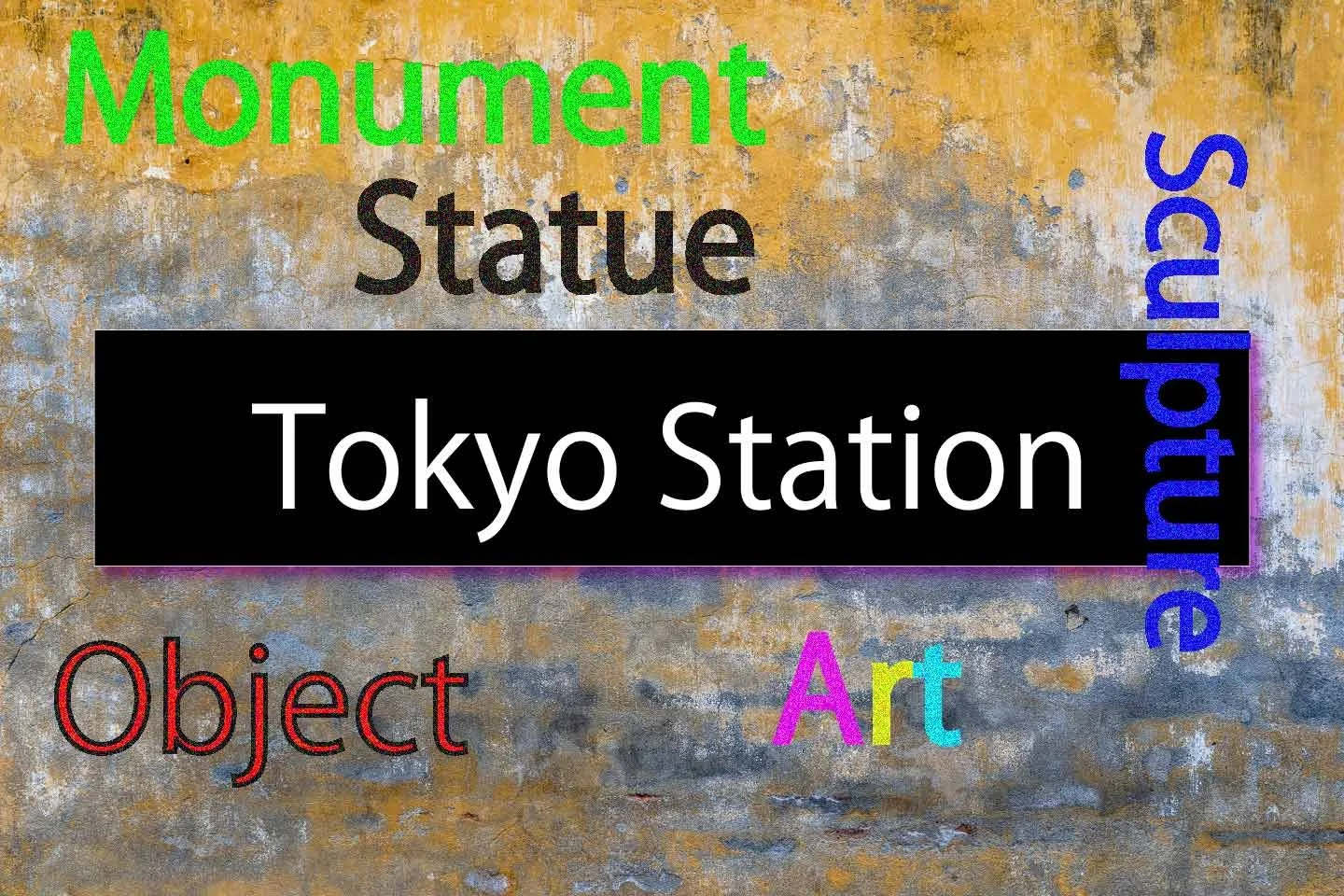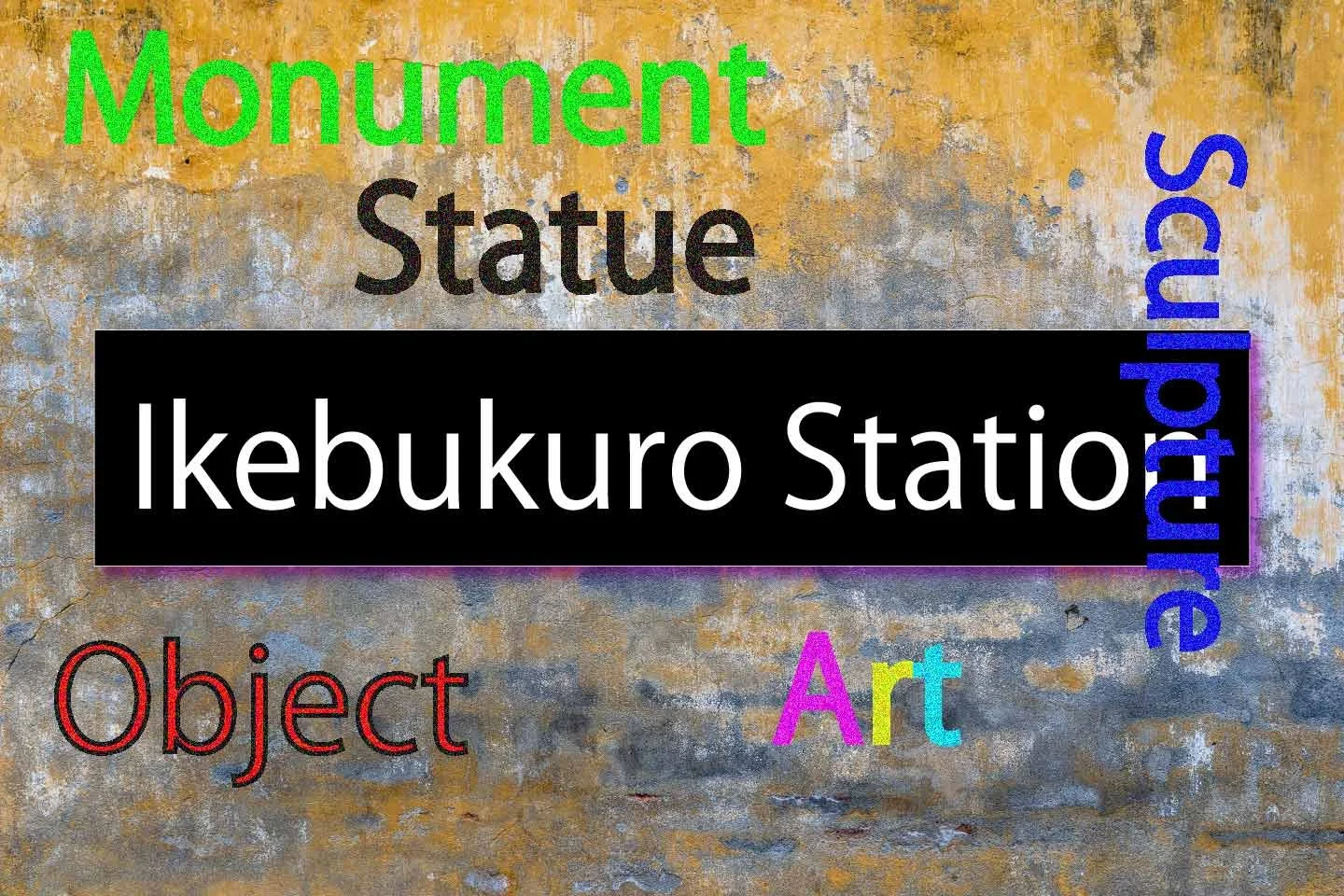Attractions Around Tokyo Station -3 artworks-
※updated on July 8 2025
Today, it's easy to see landscapes from all over the world through social media and online platforms. However, there is a clear difference between viewing a place through a smartphone screen and actually visiting it in person. The emotions you feel and the experiences you gain are completely different. That is precisely why travel holds such irreplaceable value.
Monuments with historical significance and unique local objects have a special charm that can only be appreciated by seeing them up close. Walking through the city allows you to discover unexpected sights and connect with people—this is the true joy of travel.
In this article, we will introduce some of the most iconic monuments, landmarks, and region-specific objects near Tokyo Station, all popular with international visitors. We hope this inspires you to explore the local culture and discover the hidden charms of Japan.
1) Kirin Statue at Nihonbashi
About a 12-minute walk from the Yaesu Exit (east side) of Tokyo Station, you'll find a must-see spot for anyone interested in the history of Tokyo and Japan.
Standing at the center of Nihonbashi Bridge is the Kirin Statue, a symbolic monument that blends traditional Japanese culture with modern Western influence. The kirin is a mythical creature from Chinese legend, believed to bring peace and prosperity. The statue on Nihonbashi was created as part of the stone bridge's design during the Meiji period. It features a unique aesthetic that combines a Western-style base with an Eastern mythical beast.
The wings on the kirin symbolize a leap toward the future, reflecting Nihonbashi’s historical role as “the center of Japan.” This is a popular photo spot among international visitors and a place where you can feel Japan’s deep sense of history and artistic spirit. When visiting Tokyo, be sure to stop by and experience it for yourself.
2) Statue of Eiichi Shibusawa
Eiichi Shibusawa is known as “the father of Japanese capitalism.” He was a key figure in Japan’s modernization during the late Edo and early Meiji periods, helping to lay the foundation for Tokyo’s development. Over his lifetime, he was involved in the founding of around 500 companies, including major institutions such as the Tokyo Stock Exchange and the First National Bank (now part of Mizuho Bank).
What made Shibusawa unique was his belief in balancing business with ethics. He promoted the philosophy of “The Analects and the Abacus”—combining Confucian moral values with modern economic activity. In 2024, he became the face of Japan’s new 10,000 yen banknote. If you exchange currency during your visit to Japan, take a close look at the person on that bill—it’s Shibusawa himself.
A statue of Eiichi Shibusawa stands near Tokiwabashi Bridge, just a 10-minute walk from the Yaesu Exit of Tokyo Station. We recommend visiting it together with the nearby Kirin Statue at Nihonbashi to better understand the history and spirit of modern Tokyo.
3) Kirin Monument at Nihonbashi 3-Chome Intersection
On the east side of Tokyo Station, near the Nihonbashi 3-chome intersection, you’ll find a large and stylish Kirin monument—a striking piece of modern public art. While the famous Kirin statue on Nihonbashi Bridge is steeped in historical symbolism, this one is all about contemporary design and bold visual impact.
Its sleek form and impressive scale make it stand out—if you spot it! Surrounded by tall office buildings, it's easy to miss unless you're looking for it. But it’s absolutely worth walking right up to and seeing it in person.
The Tokyo Station area is full of historic monuments and architecture. While the east side has a more business-like feel, the west side is known for its art projects and creative urban spaces. Though Tokyo Station is often viewed simply as a major transportation hub, we encourage you to explore the surrounding area with an art lover’s eye. You might be surprised by the creativity woven into the city streets.
Similar Content
Popular Area









